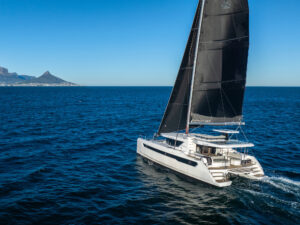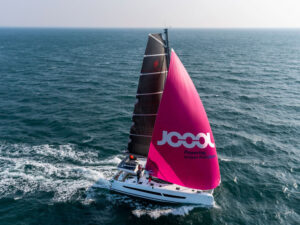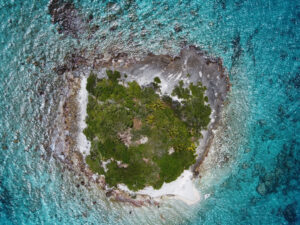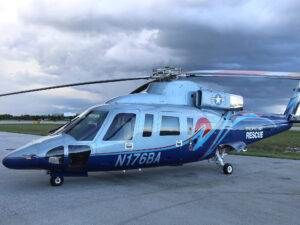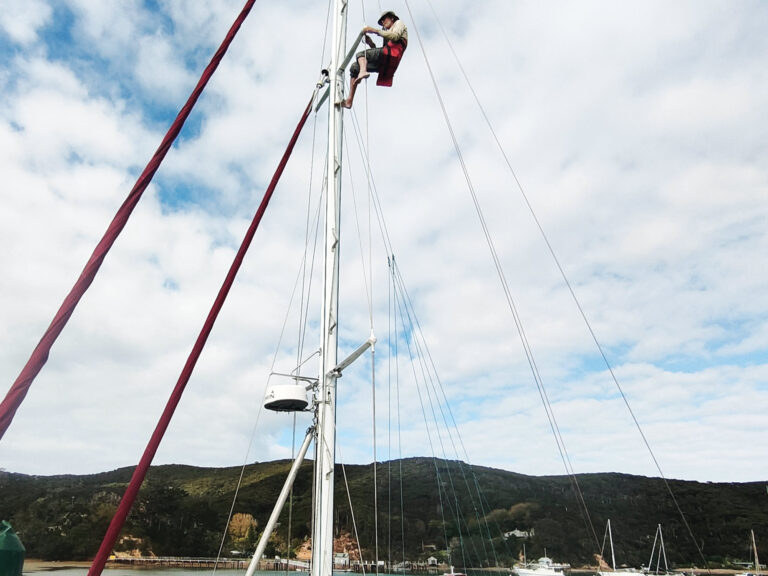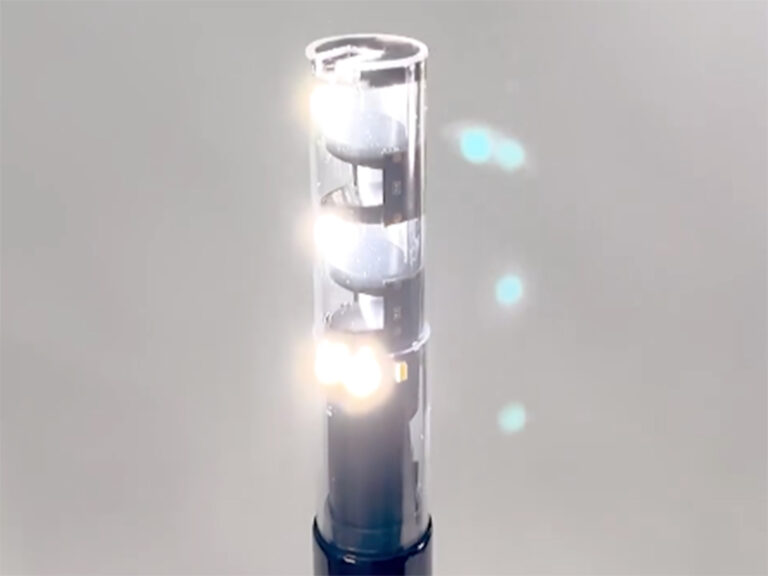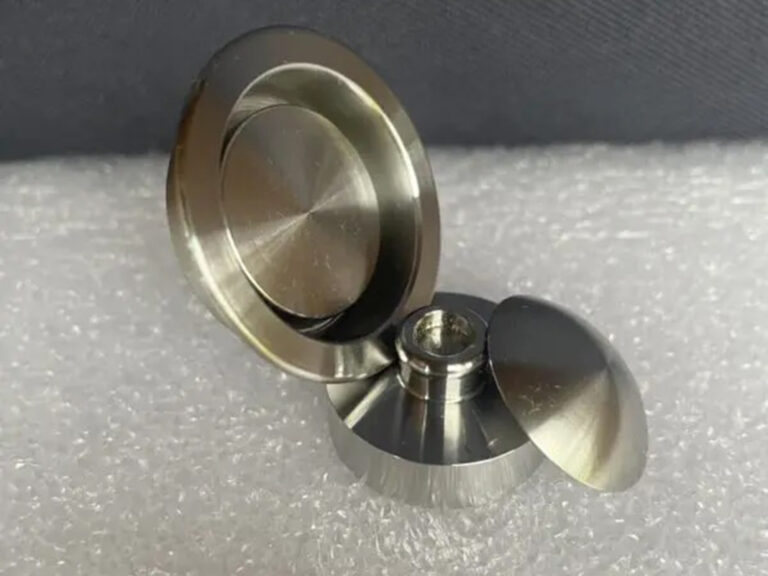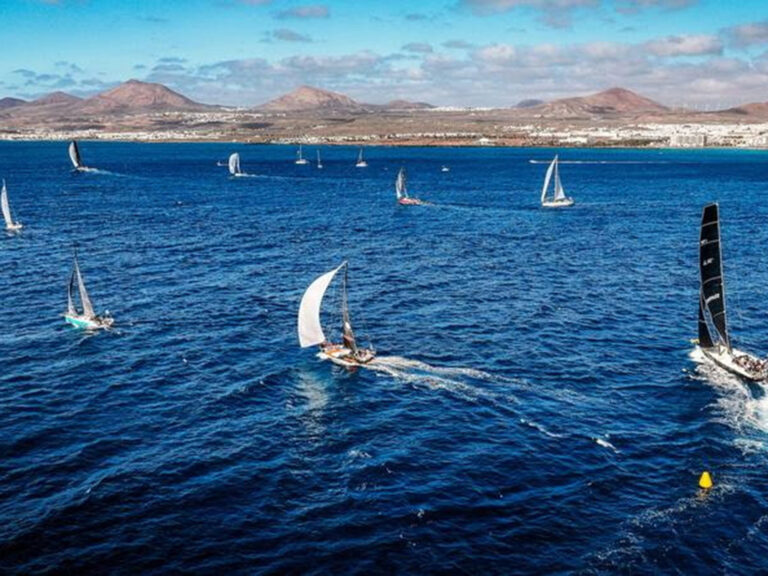
MattRutherford
Matt Rutherford had a craving, a figurative itch that needed scratching. Just six days earlier, on April 21, after 309 days, 18 hours, and 38 minutes at sea, he’d returned to his adopted hometown of Annapolis, Maryland, to conclude one of the more epic, remarkable, and unlikely voyages ever: a 27,077 nautical mile lap around North America and South America—alone and without stopping, to benefit a local sailing organization called Chesapeake Regional Accessible Boating—aboard an ancient 27-foot Albin Vega called St. Brendan.
In the immediate aftermath of his adventure, the unassuming, engaging, self-taught 31-year-old sailor had been rightfully hailed as a local hero and had gone from almost complete (and welcome) anonymity to something approaching astonished celebrity, with multiple appearances on national television and strangers on the street stopping him to shake his hand. At the moment, however, his desires were elemental and he’d set a course for a downtown establishment called the Acme Bar and Grill.
“It’s kind of a dive,” he said. “But they have great chicken wings. I’ve been waiting for these wings forever.” Moments later, at a sidewalk table, Rutherford tucked into a heaping platter slathered in a sauce called Memphis Gold, and began to recount his tale.
Having completed a similar voyage a couple of years earlier on a fully crewed expedition called Around the Americas (among many differences, ours was west-to-east, or clockwise, while Rutherford’s was just the opposite), I wasn’t completely unfamiliar with his adventures. I’d been following Rutherford on his website (www.solotheamericas.org) ever since he entered the Northwest Passage in the summer of 2011 and had grown to truly enjoy his witty, informative, straightforward blog, the posts of which he regularly concluded with a Latin phrase, “Fortitudine vincimus,” that was the motto of Antarctic legend Ernest Shackleton, one of his own personal heroes.
So, you think you know a guy, right? Um, wrong. Along with Joshua Slocum’s singlehanded circumnavigation and Robin Knox-Johnston’s nonstop spin around the globe—like Rutherford’s trip, both historic firsts—I considered St. Brendan‘s voyage among the greatest nautical feats of all time. Incredibly, however, the bit about soloing the Americas was just another eventful chapter in Rutherford’s amazing life story, and not even the most hair-raising one.

For the first 20 minutes of our interview, I sat slack-jawed and spellbound as he described his Ohio childhood and upbringing. Rutherford is planning a book about his journey and that will certainly be an engrossing section. “I want to write about that stuff,” he said, his hand muffling my digital recorder. Understandable. So, without revealing anything that hasn’t been touched upon elsewhere, let’s just say that a charismatic cult leader, controlled substances, and juvenile court appearances were all prominently involved. Whether he found trouble or trouble found him, either way, there was plenty of it.
At 17, he began to turn his life around after enrolling at Colorado’s Eagle Rock School, graduating from the alternative high school three years later. Shortly thereafter, he had his first real taste of adventure on a solo, 100-day mountain bike ride through Laos, Cambodia, Vietnam, and Thailand. “Everything crazy happened,” he said. “That trip was like Indiana Jones without the Nazis.”
He returned to Ohio and, to a degree, his wilder early days. At 24, having saved a bit of cash, he made a life-altering decision: “I’m going to buy a sailboat.” A week later, he was bound for Chesapeake Bay to take command of the 1969 Coronado 25 he’d purchased on the Internet, sight unseen, for two grand. Aboard her, he set off for the Florida Keys. “I knew nothing about nothing,” he said. “But that’s when I started the sailing thing.”
He lost the 25-footer in one of the four hurricanes that ravaged Florida in 2004, but picked up and refit a “pretty messed-up” Pearson 323 that had also been creamed that summer. After repairs, his first solo sail was aboard her, a six-day voyage from St. Augustine to Hampton, Virginia. “There was more wind than I knew how to deal with,” he said, “though I did learn what a boom vang was.”
Rutherford was nothing if not resilient and determined, which he demonstrated a couple of years later on an ambitious solo Atlantic circle on his Pearson that included a stormy 34-day passage from Kittery, Maine, to Falmouth, England; a winter’s thrash across the North Sea to Amsterdam; a jaunt down the coast of Africa with a side trip some 200-miles up the Gambia River; and a second singlehanded voyage across the Atlantic to Antigua, arriving with the last $28 to his name. From there, he made his way to the U.S. Virgin Islands to find work before returning to Annapolis in July, 2010.
During his travels, he had a couple of recurring thoughts, the foremost being a Northwest Passage transit, the other a notion of forming a non-profit group for people with emotional and physical disabilities. Once back on the Chesapeake, he heard about CRAB and decided to volunteer. “It was easier than starting something from scratch,” he said. “And I wasn’t ready to get a real job.”
In CRAB executive director Don Backe, Rutherford discovered not only a forceful spirit—“He’s the most optimistic guy I ever met, and he never doubted me,” said Rutherford—but a willful co-conspirator. At first, together, they decided Rutherford would attempt to negotiate the Northwest Passage as a CRAB fundraiser. “But I kind of pushed it into around the Americas,” said Rutherford. “Don thought it was a great idea.” (For more on CRAB and its role in the voyage, see “A Great Circle for CRAB” in our July issue.)
Once the grander plan was hatched, things happened rather quickly. Money was raised in talks at Rotary Clubs and high-end retirement homes (the entire dock-to-dock voyage cost $35,000, including $8,000 for three “resupply” rendezvous along the way). Backe gave Rutherford an Albin Vega that had been donated to CRAB, to which he added structural improvements and some of the gear off his Pearson, including his indispensable Monitor windvane. By the time 300 days worth of food and a hundred gallons of diesel came aboard, the 5,000 pound Vega was half again as heavy, and the waterline was three inches lower.

On June 13, 2011, Rutherford set sail, bound for the Arctic Circle and beyond. Less than two weeks later, the journey nearly came to an abrupt end when his hand-pumped watermaker literally exploded in his fists. Rutherford had a satphone but was mindful that his minutes were extremely limited; in a near state of panic he placed his first call, to an Annapolis sailing friend named Simon Edwards. “Don’t worry,” said Edwards. “Call back in 24 hours.”
Rutherford did as instructed. Somehow, Edwards had found both a watermaker and someone to deliver it, just off the coast of Newfoundland, some 200 miles away. “I got there, and this little metal boat met me two miles offshore, and this guy chucked me a box with the watermaker and a bottle of Screech,” said Rutherford, referring to the local rum. “It happened in 10 minutes. As he’s leaving, in this heavy Newfie accent he says, ‘Go north, eh.’”
He followed the advice.
St. Brendan copped her first gale in the Labrador Sea but in the aftermath strong southerlies propelled Rutherford quickly up Davis Strait and into Baffin Bay, which, he said, “was basically frozen, just a jumble of ice.” Another half dozen yachts were also headed for the Passage, but Rutherford was the earliest, and was leading the pack (he never saw any of them).
Enmeshed in thick fog, in 30 knots of wind, and “surrounded by icebergs of all shapes and sizes,” Rutherford, at the tiller dodging ice as it emerged from the murk, had his hands full. Hour after hour turned into day after day. For nearly a week he barely slept a wink. And that’s when he almost lost St. Brendan.
It started with a leak in the fuel bladder that ran the length of his cabin sole. As he was down below transferring diesel into other containers, he glanced out the window “and saw this wall of ice right next to me.” He leaped into the cockpit, disengaged the windvane, and threw the tiller over. “But the swells were coming up against this great cliff,” he said. “It was like thunder.” By the skin of his teeth, he sailed past the berg.
“I came within a couple of wave lengths of getting picked up and thrown against the ice,” he said.
And he was gassed. For six hours he crashed hard, and while he slept, St. Brendan drifted northward, reaching the apex of her northward travels, just beyond the 75th parallel. Once he awoke, Rutherford sailed to a small inlet called Croker Bay on the southern flank of Devon Island, where he deployed a sea anchor and was finally able to fully rest and regroup.
For the most part, relatively speaking, his transit of the Northwest Passage was swift and safe. When he passed Point Barrow, Alaska, last August 28, he made his first notation in the record books for sailing the smallest boat ever through those storied waters. But he had a long road to hoe for Cape Horn.
The stretch through the Bering Sea to the Aleutian Islands was awful. He sat on his sea anchor for 10 days, going nowhere, as the remnants of a pair of late-season Pacific typhoons—one northerly, one southerly—raked St. Brendan. The gales continued as he made his way south into a nasty piece of ocean where a series of major currents converge that the local fishermen call The Mixmaster.
“You get some crazy waves there,” Rutherford said. One of them rolled St. Brendan, removing her dodger in the process. Down below, Rutherford found himself flat on his back on the ceiling of the boat, pinned under the fuel bladder, which he’d unlashed just the day before.
“I’d thought I was in the clear,” he said. “Like an idiot.”
Off Dutch Harbor, Annapolis mate Simon Edwards again worked his magic and Rutherford, surrounded by whales, met a local boat for his second resupply, which consisted of a desperately needed new inverter and some other goodies: a Virginia ham, coffee, 20 gallons of diesel, a hot pizza, and some cold beer. A reporter from NPR was also on board, and Rutherford mentioned his sex life, or complete lack thereof, which is the one thing everyone seemed to remember about the interview.
Now he was truly bound for the Horn.

He crossed the equator on November 13, with 152 days and 13,334 nautical miles behind him. He’d reached the halfway point. But strong southeasterlies pushed him well into the vast Pacific. For 41 days he sailed hard on the breeze on port tack, all the while going farther and farther west. “At one point, I was closer to New Zealand than Cape Horn,” said Rutherford. But finally, his perseverance was rewarded when the westerlies filled in and he could bear off for the hallowed cape.
Rutherford spent three solid weeks below 50 south on his quest to conquer the Horn, which he successfully rounded on January 5. “It was blowing 25 knots, gusting to 30, with 15-foot seas. Pretty good conditions,” he said. “I was haulin’ ass.” Sixty miles later, however, the breeze died, and he popped the little bottle of bubbly he’d brought for the occasion.
“I sat there surrounded by albatrosses drinking champagne,” he said. “I really enjoyed the southern latitudes. I like a little chill. I’m a redhead. I’m made for the cold.”
Wisely, before heading north, when the wind finally returned Rutherford put a ton of easting in the bank, knowing that he’d have to negotiate the wide bulge of Brazil and that he’d have a better slant on the northeast trades as he closed on the equator. The talented Mr. Edwards arranged for one final resupply (a starter crank for the increasingly recalcitrant engine and some goop for a transducer leak) off the coastal city of Recife, Brazil.
“I could see the palm trees and the houses and the cars and the little Brazilian babes on the beach,” Rutherford said with a sigh.
Soon after, some drunken fishermen harassed him in the dead of night before he fired off a couple of rounds from his shotgun and sent them on their way (“I was not in a mood to be messed with”), and he had an extremely close call with a freighter, a harrowing experience on par with his dangerous iceberg encounter in Baffin Bay. Once in the Brazil Current, he knocked off 164 miles, the trip’s best 24-hour run.
North of the equator, less than a thousand miles from the Chesapeake, in a 50-knot squall on his April 6 birthday, “everything broke” once and for all. The engine was toast, the wind generator was finished, there were no lights or power, nothing. Happy birthday, Matt!
“So the trip had to end,” he said, “one way or the other.”
Ten days later, he’d made it to the mouth of Chesapeake Bay and could see the Bay Bridge-Tunnel, which constituted the start and finish line of his odyssey. At that precise moment, the wind failed completely, and he was swept southward on a brisk current some 17 miles, twice coming within a mile of getting plunked on the shore. “This is how it’s going to end?” he kept thinking. “I’m going to wind up on a beach?”
But before too long the wind picked up, so did his spirits, and “hooping and hollering” he sailed past the bridge and into the annals of nautical history. No sailor had ever done anything remotely like it. Ever.

Back at the Acme, the wings were long gone, the Friday afternoon shadows were lengthening, and a group of happy people had spilled out of the bar and more or less invited themselves to sit down with us as Rutherford put the final touches on his tale. They were nice folks and couldn’t have been more interested, respectful, or congratulatory.
One of them, however, was a young lady who had clearly been “over-served,” and her friends had to recount the story slowly, in detail, before she fully grasped whom she was sitting with and what he had achieved. Highly confused, she looked Rutherford in the eye and posed a question that was dead serious in its simplicity: “Why?”
For a split second, he seemed equally perplexed, but then he broke into the sunniest of smiles.
He’d of course done it for CRAB, for a truly worthy cause, but that would take a while to explain. Besides, the short answer also worked:
“Why not?”
Herb McCormick is CW‘s senior editor and the author of One Island, One Ocean, the story of his circumnavigation of the Americas.

